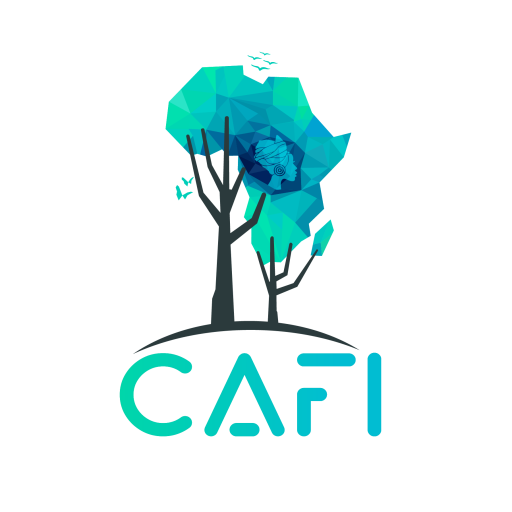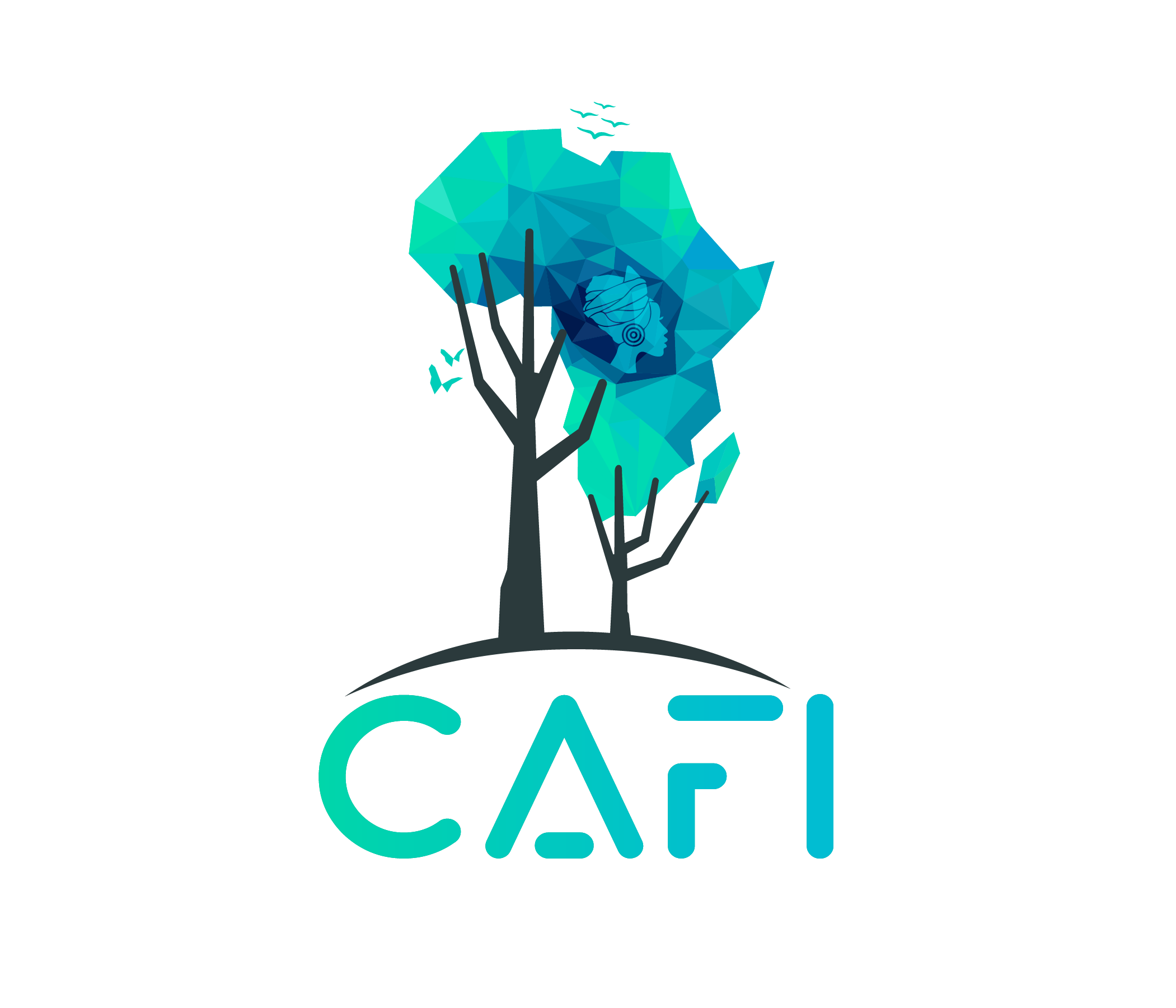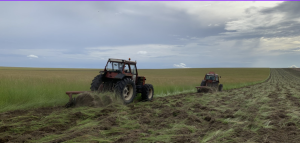Agriculture
One of CAFI’s desired outcomes is to maximise investments in agricultural models that reduce pressure on forests.
Agricultural activities in the Central African region have been predominantly linked to village agriculture, that mainly supplies local markets and nearby urban centres. This production often involves inefficient land practices as farmers lack access to capital and adequate risk-management mechanisms to sustainably increase yields.
To date, industrial agriculture has had limited impact on forest cover – with the exception of oil palm and rubber plantations, set up near large roads. Yet, due to growing local, regional and international demand and the increasing role of agro-business, commercial agriculture has and will have an increasing impact on forests in all CAFI countries. CAFI’s regional drivers study has confirmed the predominance of small scale agriculture as a direct drivers, with country-levels variations
million dollars transferred
%
of CAFI's transfers
projects in 3 countries
DRC
At policy level
National Agriculture policy adopted in February 2023 by Council of Ministers. It includes, for the first time, protection of peatlands and high value forests, orientation of industrial agriculture towards savannahs and degrade forests, and integration of land use planning principles. This was made possible by CAFI’s support to a technical cell established at the Ministry of Agriculture, and diagnosis studies.
On the ground
- 22 rural agricultural committees established and/or strengthened across provinces of the DRC where most deforestation happens, where they are developing natural resources management plans that include agriculture
- Over 27,000 hectares of pilot perennial crops – palm oil, coffee, cocoa and fruit trees – planted (app. 3400 hectares in forest areas and 2900 in savannah areas) to amplify and diversify agricultural revenues while reducing pressure on forests
- 45,000 hectares of pilot improved crops of rice, maize, manioc, peanuts established with rural households to obtain better-yielding subsistence agriculture, often intercropped with wood energy plantations.
- Sentinels established to monitor major deforestation events linked to agriculture in 5 territories
Gabon
At policy level
CAFI’s support focuses on analysing agricultural suitability – helping the Ministry to improve the national soil map, conduct soil suitability studies, establish a laboratory for soil analysis and strengthening technical capacity within the Department of Agriculture). This allows better planning of priority crops and complements the national land use planning process supported by CAFI
On the ground
The 2025- approved project on mitigating human- elephant conflict seeks to help 20,000 beneficiaries (small-scale farmers) protect 3,075 hectares of subsistence crops from elephant raids by installing 1800 electrified fences. As of June 2025, 758 hectares have been fenced, with an estimated 94% efficacy.
Republic of Congo
The Land Use Planning Project (AFD) include strategic activities from key sectors, notably a cartography of the agricultural estate.




